Aristotle, Galileo, and Newton’s Concepts of Motion
Motion is a part of our environment, and it is regulated by rules that are as elementary as the laws of physics. From some of the very first ideas conceived by such philosophers as Aristotle and Galilei to some of the most complex relativistic theories, the analysis of motion only remains as one of the most promising and engaging branches of science.
From the smooth spinning of planets around the Sun, the tangible act of throwing a ball, or the microscopic pandemonium of gasses, it is fundamental to our reality.
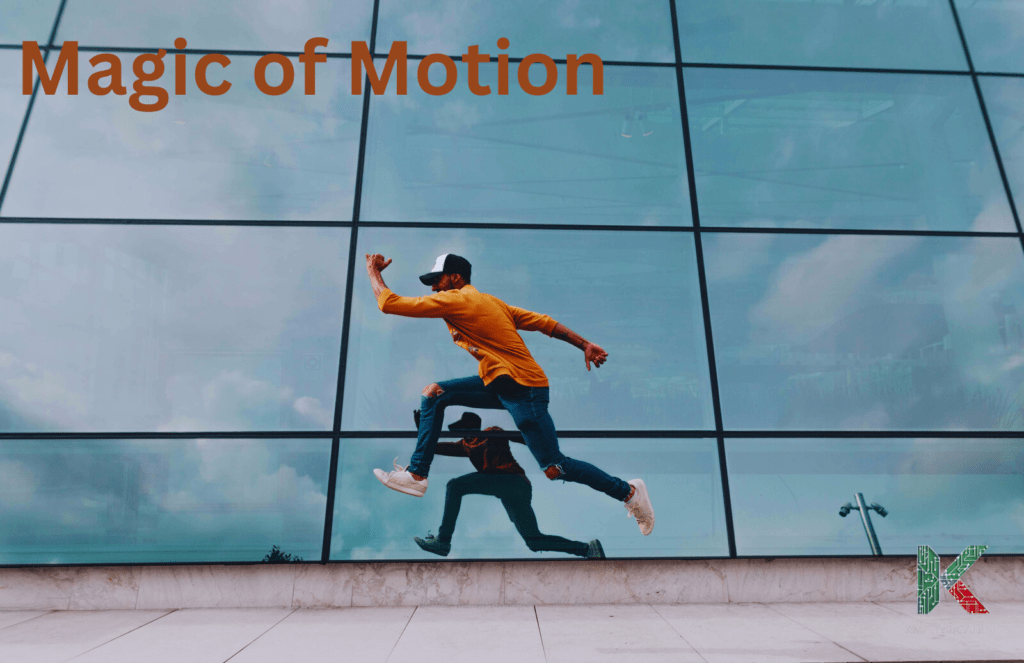
Definition of Motion
It could be described as the displacement of an object relative to time or a frame of reference.
To be even more precise in an analytical sense, let the object be at position vector ( \mathbf{r}(t_1) ) at a given time ( t_1 ) and at position vector ( \mathbf{r}(t_2) ) at another time ( t_2 ), then it is in motion.
Motion is Relative
Nothing is fixed and everything is in motion, even what seems to be static. They are not stationary but are moving with respect to the Sun and stars. You are already traveling at a speed of almost 107,000 kilo meters per hour with regards to the sun, or even more with regards to the center of our galaxy. Here motion is presented in connection with another object and is defined in terms of the change of location.
For example, if you step on a running bus, your speed relative to the floor of the bus may be distinct from the speed on the road you are passing by.
In the same way, to state that a racing car has reached the speed of 300 kilometers per hour is also in relation to the track. In most cases, any speeds stated are speeds relative to the surface of the Earth: Motion is relative.
Aristotle Concept of Motion
Aristotle, an ancient Greek philosopher-scientist, was among the pioneer theorists who was interested in the analysis of motion.
Classification of Motion by Aristotle:
The two categories that are classified by Aristotle are natural and violent motion. Understanding these classifications provides a foundation for current concepts in mechanics.
Natural Motion:
Aristotle proposed that an object’s natural movement stems from its intrinsic “nature,” which is influenced by the blend of the four elements it possesses: four elements known as earth, water, air, and fire. According to his philosophy, each object within the universe has a designated natural place determined by this “nature.” Anything that is not situated in its rightful position or in equilibrium position will naturally endeavor to reach it.
Earth and Air Object:
When it comes to objects made of earth, like a solid lump of clay, their natural course is to fall to the ground due to gravity. On the other hand, objects made of air, like a free-flowing puff of smoke, effortlessly rise upwards. However, when an object is a combination of earth and air, with earth being the dominant element, such as a feather, it too descends to the ground, but at a slower pace than a solid lump of clay.
According to Aristotle, objects of greater weight would exert more effort. Therefore, he argued that objects should fall at speeds that are directly proportional to their weights. In other words, the heavier an object is, the faster it should fall.
Categories of Natural Motion:
Natural movement can be categorized into two types: which includes linear motion up and down which is something observed in all objects on the surface of this earth and circulating or revolving motion, seen in heavenly bodies. Unlike vertical motion, circular movement is perpetual and lacks a definitive beginning or end, continuously repeating itself without any deviation.
Aristotle held the view that different regulations govern the heavens, asserting that celestial bodies are perfect spheres constructed from an unvarying substance called quintessence. The only celestial entity exhibiting any noticeable alterations was the Moon.
Medieval Christians, still under the sway of Aristotle’s teaching, explained that lunar imperfections were due to the closeness of the Moon and its contamination by the corrupted Earth.)
Violent Motion:
Violent motion, another class according to Aristotle, arises from external forces such as pushing or pulling. It is motion that is imposed on an object.
Example:
when a person pushes a cart or lifts a heavy weight, they are imposing motion. Similarly, throwing a stone or winning a tug of war also involves imposing motion. Ships, for example, experience imposed motion due to air’s drag force. Floodwaters imposed it on boulders and tree trunks.
Violent motion, is characterized by its external origin and the force applied to objects, causing them to move. It is not an inherent property or a result of their “nature,” but rather a consequence of external pushes or pulls.
The concept of violent motion had its difficulties, for the pushes and pulls responsible for it were not always evident. For example, a bowstring moved an arrow until the arrow left the bow; after that, further explanation of the arrow’s motion seemed to require some other pushing agent.
According to Aristotle’s hypothesis, the motion of the arrow caused the air to compress at the back, thus avoiding the creation of a vacuum. This compression propelled the arrow forward, much like how squeezing one end of a bar of soap in a bathtub causes it to move.
Definition by Aristotle:
Aristotle’s concept of motion revolves around the actualization of potentiality. This might seem contradictory at first, but it’s essential to grasp his perspective.
By “actuality”, Aristotle means both being-at-work (energeia) and being-at-an-end (entelechia). These terms function as synonyms in his framework.
Potentiality and Actuality:
To be a thing in the world, according to Aristotle, is to:
- Be at work (actual).
- Belong to a particular species.
- Act for an end (purpose).
- Form material into enduring organized wholes.
- Actuality is akin to being alive but without the implication of mortality.
Resolving the Contradiction:
St. Thomas Aquinas reconciled the apparent contradiction by suggesting that in every motion, actuality and potentiality are mixed or blended. It represents how the future belongs to the present, bridging what something already is and what it is about to become.
The Unmoved Mover:
Aristotle also introduced the concept of the “unmoved mover” (or prime mover). This is the primary cause of all motion in the universe, setting everything in movement without being moved itself.
To sum up, Aristotle’s view of this concept involves a complex interplay between potentiality, actuality, and purpose. Aristotle taught that all motions are due to the nature of the moving object, or due to a sustained push or pull. Provided that an object is in its proper place, it will not move unless subjected to a force. Except for celestial objects, the normal state is one of rest.
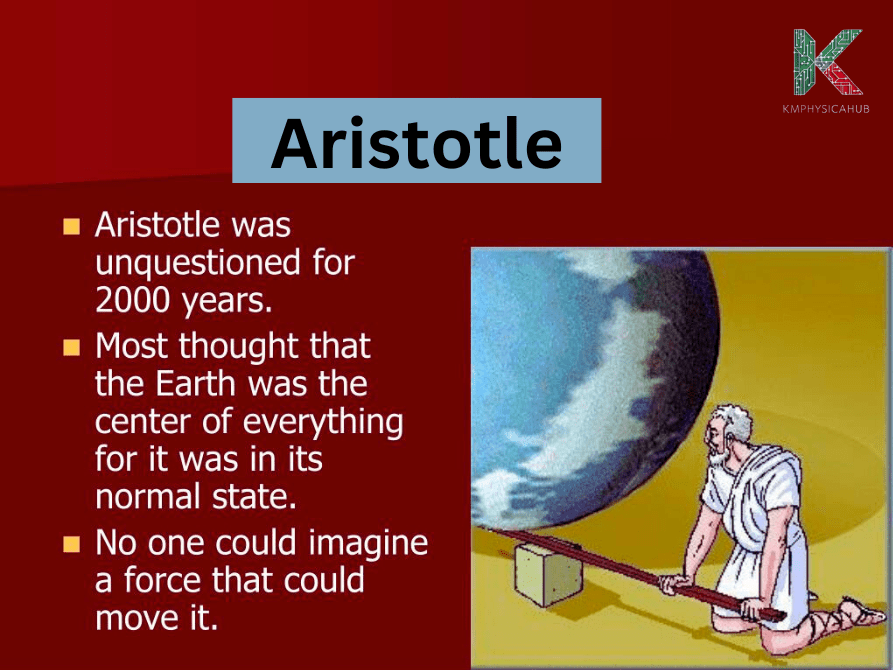
Aristotle’s statements about motion were a beginning in scientific thought, and, although he did not consider them to be the final words on the subject, his followers for nearly 2000 years regarded his views as beyond question. Implicit in the thinking of ancient, medieval, and early Renaissance times was the notion that the normal state of objects is one of rest. Since it was evident to most thinkers until the sixteenth century that Earth must be in its proper place, and since a force capable of moving Earth was inconceivable, it seemed quite clear to them that Earth does not move.
Galileo’s Concept of Motion
Proper credit for laying the foundations of the study of mechanics and dynamics goes to the famous Italian physicist and astronomer-Galileo Galilei.
Law of Inertia:
The theory of motion according to Galileo is perhaps best understood by stating the law of inertia. Based on this law, an object will maintain a state of constant motion so long as it does not receive any influence from another body. In other words, the natural movement of an object is to move in line with constant velocity in case no influence from an external force comes into play.
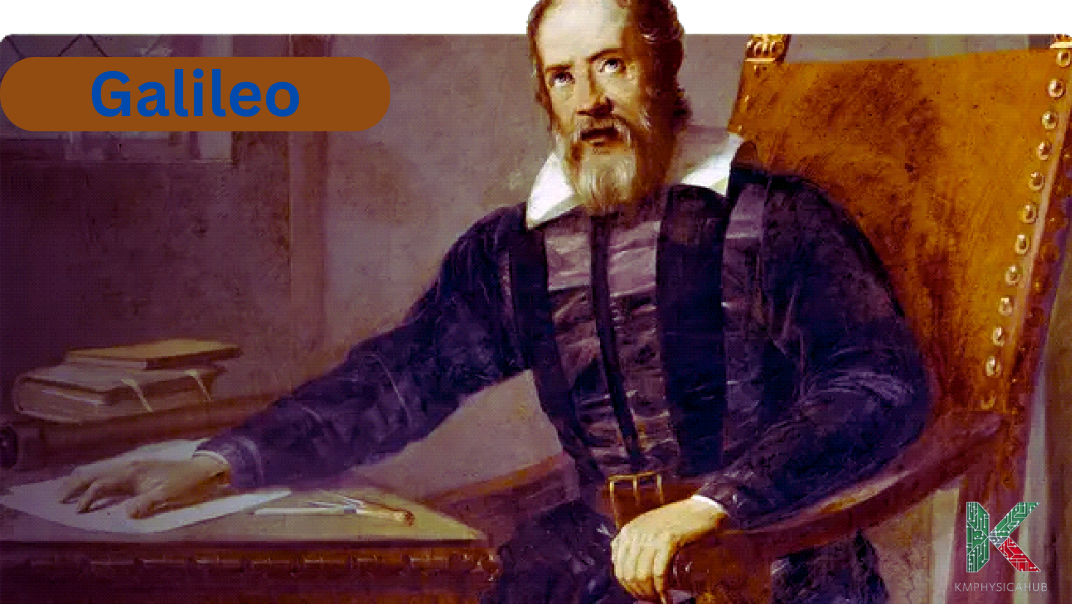
Focus on Measurable Motions:
Unlike Aristotle, who considered various types of motions (including non-measurable ones), Galileo restricted his study to measurable quantities. He focused on positions, distances, times, and intervals of time between events. By observing and measuring these quantities, Galileo developed a more precise understanding of the subject.
Acceleration and Free Fall:
Acceleration according to the concept viewed by Galileo was a process that involved a steady increase in speed. He also did experiments on inclined planes as a way of studying the effect of acceleration due to gravity on a fallen object. He has written some fundamental truths connected to the free fall and the motion of the falling bodies.
Projectile Motion:
Galileo also studied objects in projectile motion for example birds flying in the air, a bullet shot out of gun, an arrow shot from a bow. He had a divergent opinion from the most common Aristotelian thesis that denser objects cannot fall slower than lighter ones. Galileo proved his hypothesis by throwing two objects of different weights and realized that they take the same time to reach the ground in vacuum.
To sum up, therefore, through the focus on observation of motion and actual quantities or measurements, and through the law of inertia, Galileo defined the framework of modern physics itself.
Newton Concept of Motion
Sir Isaac Newton, the famous English physicist and mathematician, entirely revolutionized the concept of mechanics with all three laws. Let’s examine them further:
Newton’s First Law of Motion (Law of Inertia):
Newton’s first law, commonly known as the Law of Inertia, is used to illustrate why objects continue in their state of rest or in a uniform motion in a straight line unless an external force is applied on it.
In a way, objects have an ability not to change their motion because of inertia.
Other philosophers who aided in the development of this idea included Galileo Galilei and René Descartes. The law of inertia also aids in understanding why we do not feel the Earth rotate and orbit – it is truly the nature to maintain the motion.
Newton’s Second Law of Motion:
This law can be referred to as the law of force, mass and acceleration. This statement claims that the extent of acceleration caused in an object is directly proportional to net force and inversely proportional to mass of the body.
This relationship can be mathematically expressed as force = mass × acceleration – where force is represented F, mass is represented by m while acceleration is represented by ‘a’.
In other words, the more force one applies to an object the faster it accelerates, or changes in velocity. This law plays an important role in studying the interaction of objects with force applied on them.
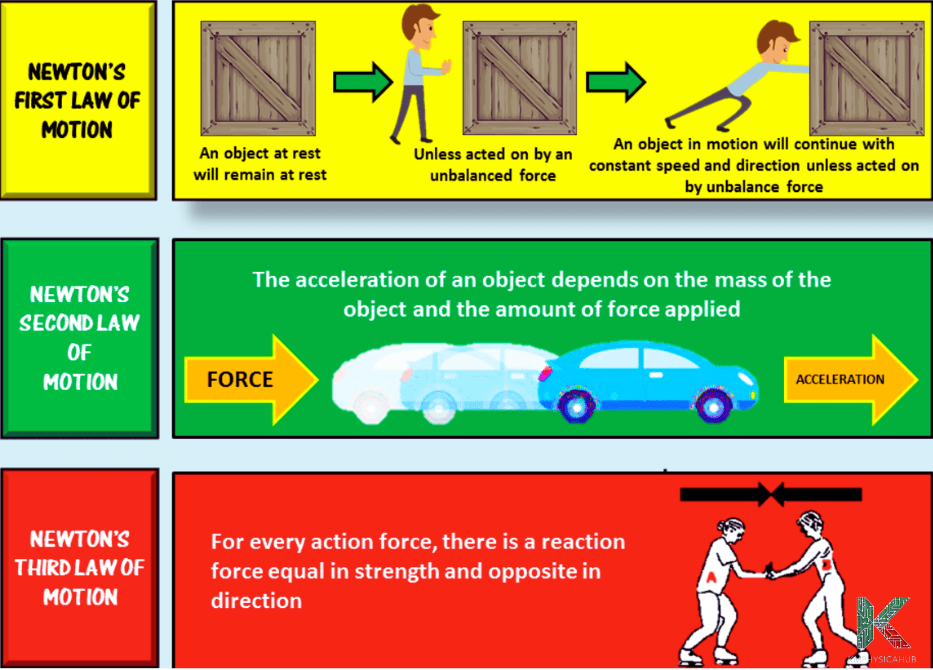
Newton’s Third Law of Motion (Action-Reaction):
The force an object applies to another is met with an equal force in the opposite direction by the second object.
Some examples are walking (while the foot moves backward, the ground moves forward), rocket engines, and bouncing balls. This law is very important as it governs how objects balance in the interactions that they have.
In conclusion, Newton’s laws can be regarded as the core of classical mechanics, for giving an account of the rules that the forces follow when acting upon objects and during interactions in the universe.
Types of Motion
In modern physics, this fundamental concept encompasses various aspects related to the movement of objects. Let’s explore some key points:
-
Translation:
In trajectory, translation means displacement in a straight or curved path. When an object is moving and its parts have not shifted in position to other parts, then it is say to have undergone translational motion. This kind of movement involves distance, velocity, displacement, acceleration, speed, and time factors.
Examples: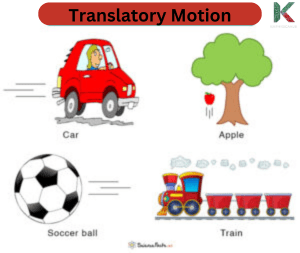
Sliding a Book Across a Table: This is when an object such as a book is moved forwards on a flat surface like a table, this is known as rectilinear translational motion.
A Skiing Person: A skier descending a slope along a winding path performs curvilinear translational motion.
-
Circular Motion
It can be defined as a movement that covers a certain distance around the circular path in a circular orbit. This type of motion may be in equal speeds that mean constant speed or may be of unequaled speeds, also known as varying speed.
Examples: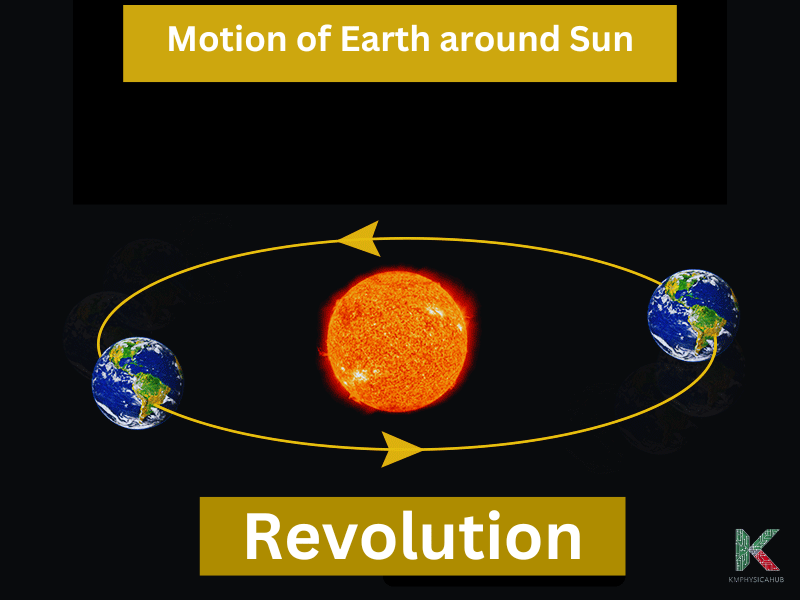
A Satellite Orbiting Earth: A satellite undergoing motion in space at a constant velocity is said to be going through uniform circular motion.
A Car Taking a Curved Path: A car rounding a curve where the driver accelerates or decelerates shows non-uniform circular movement.
-
Rotation:
Rotation occurs when an object changes its orientation. The velocity and acceleration of all points within the rotating body remain constant.
Examples: 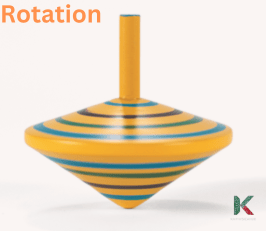
Earth’s Rotation: Rotation of the earth around its axis of reference is an example of uniform rotational motion and one rotation takes approximately 24 hours.
A Spinning Top Slowing Down: Consider a top spinning on a surface initially at high speed but it slows down due to friction. Thus, it exhibits a non uniform movement in circular path.
-
Oscillation:
Oscillatory motion is a type where an object moves backward and forward in a regular to-and-fro pattern in reference to a point. Oscillations are referred to by periodicity and amplitude.
Examples
Pendulum of a Clock: This type is vibratory kind and is illustrated by the swinging of the pendulum in a grandfather clock back and forth. This pendulum also exhibits simple harmonic motion.
Vibrating Guitar String: A guitar string is beaten and thereby moves to and fro and the sound waves that result from it show fairly good order.
-
Random Motion:
Although not covered in this context, random motion (such as Brownian motion) is another type. It describes the erratic movement of particles due to collisions with other particles.
Examples
Brownian Motion: Microscopic dust particles moving erratically in water due to collisions with water molecules.
Diffusion: Gas molecules spreading out uniformly in a room after being released from a specific point.
-
Projectile Motion:
Projectile movement is the movement of an object launched into the air without any force other than gravity acting on it. This type is parabolic in nature.
Examples: 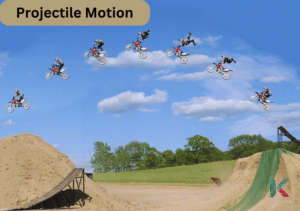
A Football Kicked Across a Field: When a football is kicked and leaves the ground flying in the air then it moves in what physicists call the projectile motion which of course has a curved path.
Water from a Fountain: When water is ejected from a fountain it undergoes angular projectile motion – this is because it travels high and is followed by a fall, in the form of a parabola.
Applications of Motion
-
Transportation:
- Vehicular Motion:
Automobiles: The design of car engines, braking systems, and transmission relies heavily on Newtonian mechanics. The principles of acceleration, friction, and momentum play crucial roles in vehicle safety and efficiency.
- Aviation:
Airplanes: The movement of aircraft involves complex calculations of aerodynamics, thrust, and lift to ensure stable and controlled flight. Navigation systems also require an understanding of motion to chart accurate routes.
-
Space Exploration:
Orbital Mechanics:
Interplanetary Probes: Missions to other planets, like the Mars rovers, require precise calculations of planetary motion, gravitational assists, and trajectory planning.
-
Engineering and Construction:
Structural Dynamics:
Bridges and Buildings: Engineers use principles of motion to design structures that can withstand dynamic loads like wind, earthquakes, and traffic. Understanding harmonic motion is especially crucial for designing tall buildings and suspension bridges.
-
Medical Applications:
- Biomechanics:
Human Movement Analysis: Analyzing the movement of the body part assists in the development of prosthetics, orthotics, and rehabilitation procedures. It offers information on postural analysis, gait control and body mechanics.
- Micro-Motion:
Drug Delivery Systems: The application of nanotechnology is based on specific targeting of the drugs by applying the principles of Brownian motion at the cellular level.
-
Sports Science:
Performance Optimization: Athletes and coaches work on the principles of motion to optimize performance and minimize possibilities of injuries. The motion capture technology assists in examining the motion patterns and fine-tuning the movement patterns.
-
Energy Systems:
Renewable Energy:
Wind Turbines: The size, shape, and installations of wind turbines are well calculated by incorporating fluid dynamics and rotational fashion in order to maximize use of wind.
-
Virtual Reality and Gaming:
Sensors: Technologies such as accelerometer, gyroscope, allows rich/professional virtual reality experiences through realistic motion and orientation sense.
-
Quantum Mechanics and Particle Physics:
Quantum Dynamics: Tunneling and even the principle of superposition require an understanding of how particles move at the quantum level in terms of wave functions and probability amplitudes.
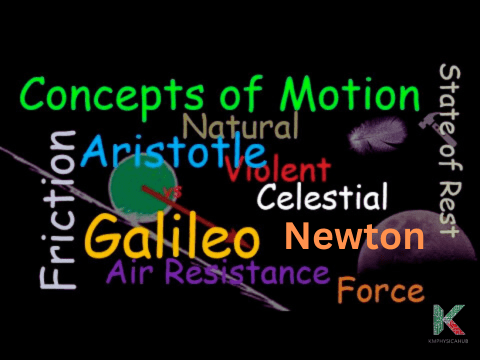
Thought Experiment
Imagine a world without motion. A world where every atom is frozen in place, every planet held immobile in the cosmos. There would be no time, because time, as we perceive it, is inextricably linked to motion. The very heartbeat of the universe would be stilled.
Conclusion
When studying motion, we are able to comprehend how and why objects move, how forces affect them and even how the universe functions. This means that this study of motion is not only purely philosophical, but fundamental as well.